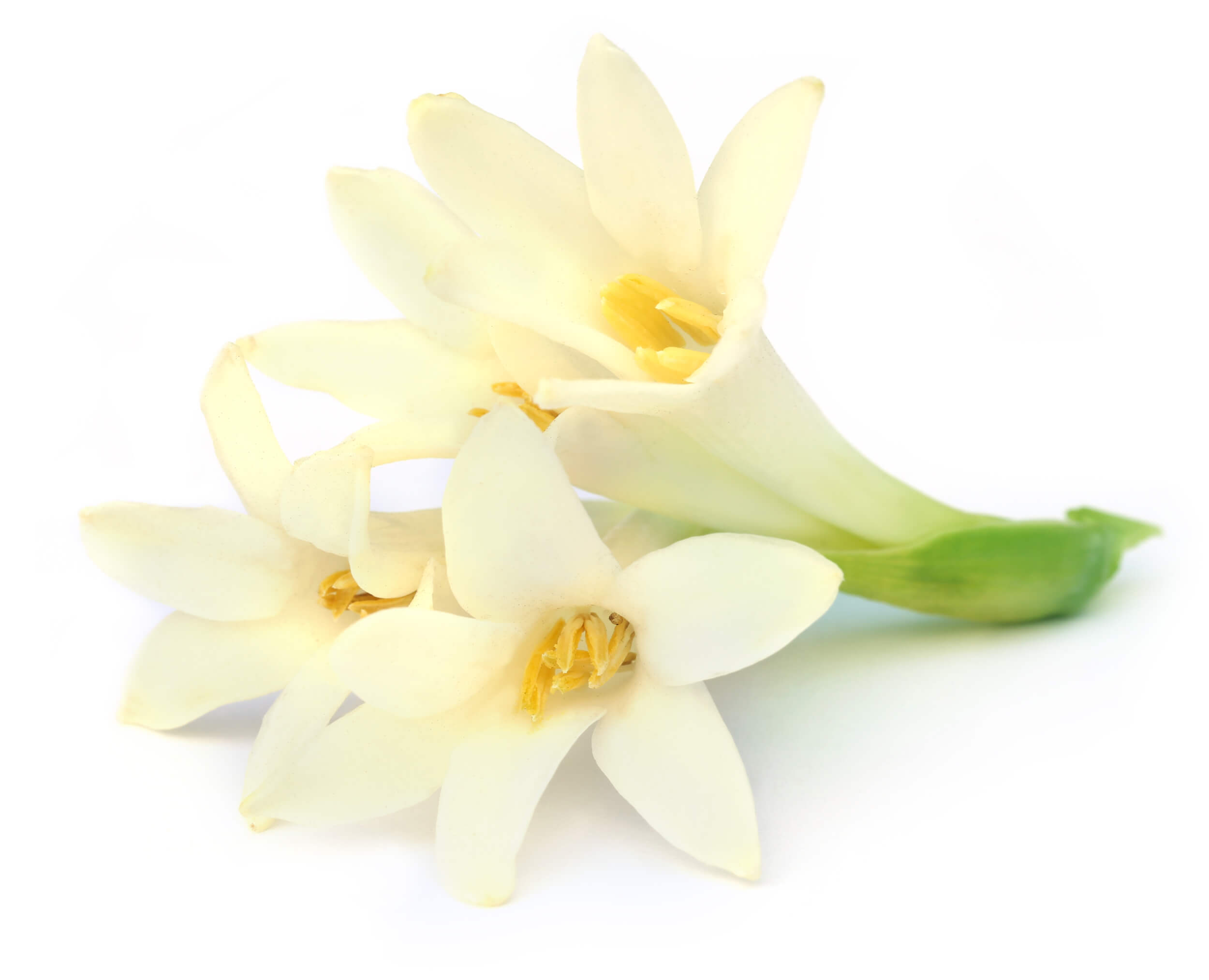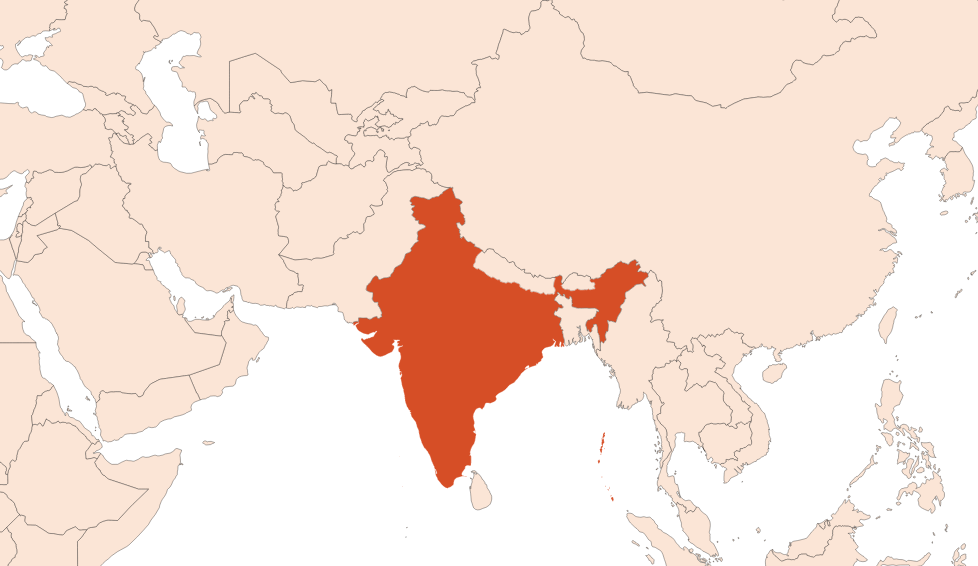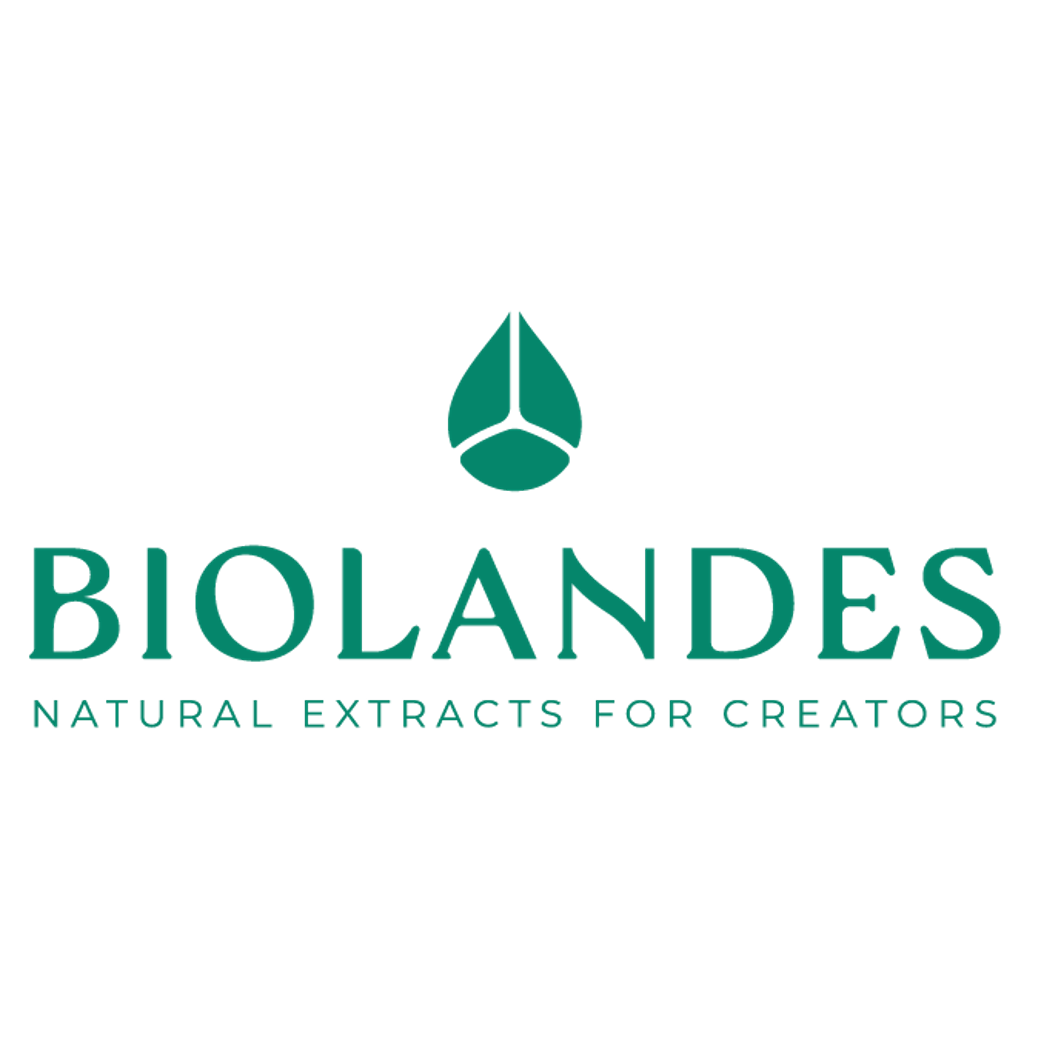Tuberose Absolute
Naturelle
Floral > White Flowers > Salicylic > Animalic > Honeyed

Crédits photo: ScenTree SAS
Latin name :
Polianthes tuberosa
Botanical profile :
Tuberose is a flower of the Asparagaceae family and the genus Polianthes.
Geographic origin :
Originally from Mexico, tuberose is mainly cultivated in India (West Bengal region), and in Grasse to a lesser extent, as well as in China, Comoros and Morocco among others
Chemotypes :
There are a dozen species of the genus Polianthes. The closest specie to Polianthes tuberosa, grown for perfumery, is called Polianthes gracilis. However, it is not used in perfumery. Other species such as Polianthes palustris, durangensis and longiflora can be mentioned among others.
In addition, there are four varieties of tuberose cultivable. We distinguish simple flowers (containing a single row of petals), semi-double flowers (containing two to three rows of petals), double flowers (containing more than three rows of petals) and various flowers (plants containing all types of flowers). The most used variety for perfumery is the simple flower, because it is the most fragrant.
In addition, there are four varieties of tuberose cultivable. We distinguish simple flowers (containing a single row of petals), semi-double flowers (containing two to three rows of petals), double flowers (containing more than three rows of petals) and various flowers (plants containing all types of flowers). The most used variety for perfumery is the simple flower, because it is the most fragrant.
Extraction process :
In India, the cultivation of the tuberose reaches 12,000 hectares. For an optimal development, the flower needs a rather warm climate, at an 86 °F on average. In addition, the use of nitrogen and phosphorus fertilizers is common for tuberose cultivation. In India, the planting of the tuberose takes place from February to May depending on the regions. Also the plants are spaced by a few tens of centimetres. Often a plantation survives for one to three years.
The flowers are picked by hand from July to November. They are collected in bamboo baskets and taken to the factory. There, the baskets are weighed and the flowers are extracted with volatile solvent in an extraction tank for 30 to 60 minutes. An extraction with hexane gives a concrete, after removing the flowers and evaporating the solvent. The absolute is obtained by diluting this concrete in alcohol after a glazing at 32 °F to precipitate the waxes. The overall extraction yield is between 0.12 and 0.18% for the concrete and 20% for the absolute.
These low yields explain the cost of this raw material. On one hectare of land, about 5 million flowers are picked. The extraction yield is better the first two years of cultivation and deteriorates during the third year.
The flowers are picked by hand from July to November. They are collected in bamboo baskets and taken to the factory. There, the baskets are weighed and the flowers are extracted with volatile solvent in an extraction tank for 30 to 60 minutes. An extraction with hexane gives a concrete, after removing the flowers and evaporating the solvent. The absolute is obtained by diluting this concrete in alcohol after a glazing at 32 °F to precipitate the waxes. The overall extraction yield is between 0.12 and 0.18% for the concrete and 20% for the absolute.
These low yields explain the cost of this raw material. On one hectare of land, about 5 million flowers are picked. The extraction yield is better the first two years of cultivation and deteriorates during the third year.
Major Components :
trans- Methyl Isoeugenol (15-20%)
Ethyl Palmitate (10-15%)
Methyl Benzoate (≈9%)
Benzyl Benzoate (≈8%)
Methyl Anthranilate (≈4%)
Ethyl Palmitate (10-15%)
Methyl Benzoate (≈9%)
Benzyl Benzoate (≈8%)
Methyl Anthranilate (≈4%)
- Uses in perfumery :
- Used in women's fragrances for floral, chypre and amber notes.
- Other comments :
- Many insects and diseases can affect a tuberose plant. For example, mites feed on leaves and stems and several diseases caused by Botyris elliptica among others can cause damage to the leaves of the plant. Insecticides exist to preserve the plants.
- Volatility :
- Heart/Base
- Appearance :
- Yellow liquid
- Stability :
- Solubility issues in perfumes
The esters identified in this raw material can form their corresponding acid in stability tests - Price Range :
- €€€€€
- Aromatherapy :
Informations provided below are taken from reference works in aromatherapy. They are given for information purposes only and can not constitute medical information, nor engage the responsibility of ScenTree.
Data not available.

Crédits photo: ScenTree SAS
- EINECS number :
- 305-108-4
- FEMA number :
- Donnée indisponible.
- Allergens :
- Benzyl Benzoate
- IFRA :
- This ingredient is restricted by IFRA
- Annexe I :
- Some regulated synthetic ingredients are found in nature and in certain proportions in natural ingredients. This presence in nature has to be taken into account when calculating limits of use recommended by the IFRA. In case you do not know these concentrations, you can use the ones estimated by the IFRA. Here they are :
- Annexe I :
- Some regulated synthetic ingredients are found in nature and in certain proportions in natural ingredients. This presence in nature has to be taken into account when calculating limits of use recommended by the IFRA. In case you do not know these concentrations, you can use the ones estimated by the IFRA. Here they are :
| List of regulated compounds contained in this ingredient | ||
|---|---|---|
| Regulated ingredient name | CAS N° | Estimated Concentration |
| Benzyl alcohol | 100-51-6 | 0,5 |
| Geraniol | 106-24-1 | 0,1 |
| Benzyl salicylate | 118-58-1 | 3,6 |
| Benzyl benzoate | 120-51-4 | 5,5 |
| Benzyl cyanide | 140-29-4 | 0,8 |
| Farnesol | 4602-84-0 | 0,3 |
| Methyl eugenol | 93-15-2 | 1,8 |
| Eugenol | 97-53-0 | 0,5 |
| Isoeugenol | 97-54-1 | 1,5 |
| List of regulated compounds contained in this ingredient | ||
|---|---|---|
| Regulated ingredient name | CAS N° | Estimated Concentration |
| Benzyl alcohol | 100-51-6 | 0,5 |
| Geraniol | 106-24-1 | 0,1 |
| Benzyl salicylate | 118-58-1 | 3,6 |
| Benzyl benzoate | 120-51-4 | 5,5 |
| Benzyl cyanide | 140-29-4 | 0,8 |
| Farnesol | 4602-84-0 | 0,3 |
| Methyl eugenol | 93-15-2 | 1,8 |
| Eugenol | 97-53-0 | 0,5 |
| Isoeugenol | 97-54-1 | 1,5 |
To learn more about IFRA's standards : https://ifrafragrance.org/safe-use/library
ScenTree is solely responsible for the information provided here.



